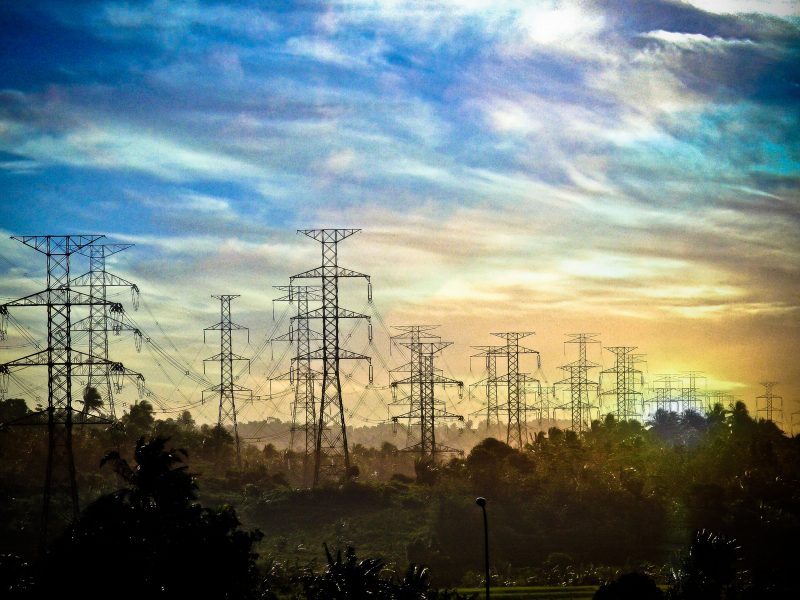China’s shift to clean energy is being held back by “local protectionism”, according to domestic researchers, who say the country would be better served by a national power structure.
“In China, each province works as a separate power market, with provincial governments allocating quotas. This makes local protectionism a risk,” they said.
The report, published by China Dialogue on Friday, said that inefficient coal and expensive gas power plants have been preferred by some provinces to more efficient power plants built by the central government – for reasons of “mutual benefit” of local officials and the companies involved.
Income from local state-owned enterprises (SOEs) “goes directly to local government accounts, while that earned by central SOEs goes to the central government”, it said.
ALSO SEE: US and India Launch Renewable Energy Action Group – PV Mag
Researchers Xiang Chenxi and Lin Jiang said China would be better served by creating a single national power structure, because the 30-plus provincial governments are “motivated to prefer local firms, and local SOEs in particular, both to aid local economic development and improve the showing of local government leaders.”
And local firms, they said, were also “motivated to influence local regulators and win better treatment, such as lower procurement costs of fuel or more relaxed oversight”.
This meant that “central SOEs are squeezed out and local firms have no incentive to become more efficient.”
A study of Guangdong’s electricity market in 2018 showed that use of power from efficient power plants could have cut carbon emissions by 3.1 million tonnes and saved $1.1 billion, but use of inefficient plants and expensive gas power plants “meant actual emission reductions were only 1.5 million tonnes” and financial savings reduced by a similar portion, they said.
“Currently, renewable energy in China is not competing on price, but being given priority generation rights,” they said, adding that this set-up “does not encourage renewables operators to make efficiency improvements”.
They advocated creating a single national market “to minimise costs and maximise profits, allocating resources nationwide, with interconnectors between provinces”.
A national market, they said, “would even out imbalances in natural endowments across provinces and make cross-provincial deals easier, allowing for more use of the most efficient sources of power.”
‘Jaw-dropping surge’ of solar & wind projects
There are other factors involved in this issue, which the report does not touch on.
China’s property sector has been stuck in a debt crisis over the past couple of years that has exacerbated the financial difficulties of many provincial governments, who are said to have accumulated a combined $13 trillion in debt over the past decade or more.
However, China’s communist system has advantages and well as the drawbacks of rigid censorship. Indeed, the country has made spectacular progress in the deployment of renewable energy sources.
A report two months ago by the Global Energy Monitor (GEM), a US-based NGO that tracks global energy projects, said China had achieved a “jaw-dropping surge” in solar and wind capacity.
The country was set to double its renewable power capacity and produce 1,200 gigawatts of energy via wind and solar power by 2025 – five years ahead of its goal for 2030, it said.
Utility-scale solar capacity reached 228 GW by the middle of this year, which is more than the rest of the world combined, The Guardian reported in June, while noting that China has also made big strides in wind power, with its on- and offshore capacity now more than 310 GW – about the same as the next top seven countries combined.
The problem of linking a vast and growing number of solar and wind farms to the national grid is a tricky issue – not only for China, but countries all over the world – as it involves considerable infrastructure planning on new transmission lines and relatively new systems of long-term energy storage.
A researcher for GEM said much of China’s new capacity has yet to be connected to local energy supply. Or, it is being bundled with coal power before being relayed to areas of most consumption in the east, because of China’s “outdated electricity grid” and lack of flexibility in transferring energy between regions.
“Bolder advancements in energy storage and green technologies” were needed, the researcher was quoted as saying.
And as our world heats up, these are things that people desperately want, right now.
- Jim Pollard
ALSO SEE:
China’s $13tn Provincial Debt Crisis Threatens to Spill Over
China’s Shift to Renewable Energy Roaring Ahead – Guardian
China Set to Install 100 GW of Solar Power This Year – PV Mag
Global Warming Set to Break 1.5C Tipping Point by 2027
























